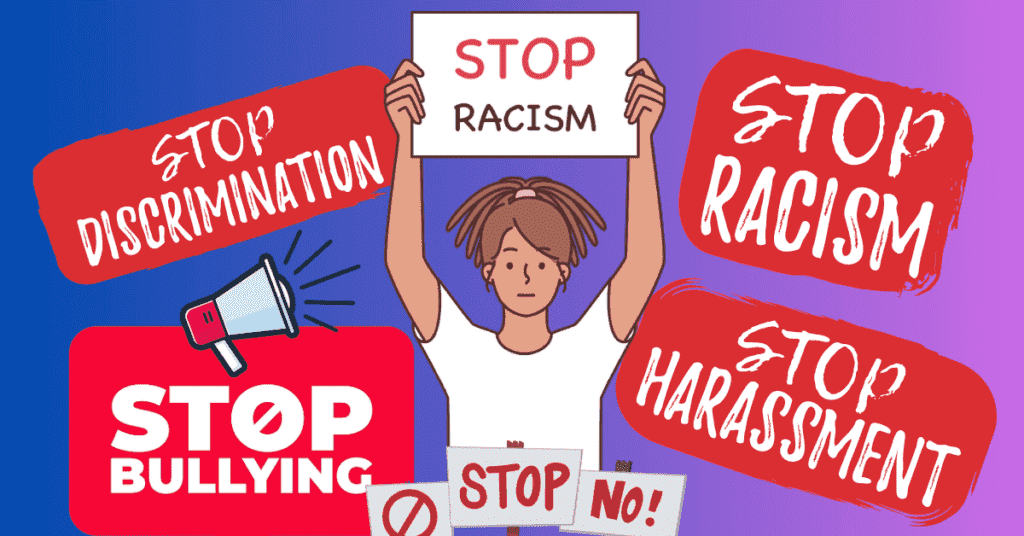In any organization, grievances are bound to arise for various reasons, such as workplace conflicts, perceived unfair treatment, giving less importance to employee well-being, or employee dissatisfaction with work conditions. Grievance management is crucial in maintaining a positive work environment, addressing employee issues and concerns, and ensuring smooth employee relations. Let’s delve into the fundamentals of grievance management, including its definition, forms, and procedures, to help organizations effectively manage and resolve grievances.
Understanding Grievances for Effective Management
A grievance is any concern or complaint an employee has about their work, workplace conditions, or interactions with supervisors or colleagues. To address such issues promptly and fairly, organizations should implement a formal grievance management system. This helps prevent conflicts from escalating and promotes a healthy, respectful work environment.
Grievances can take various forms, depending on the nature of the issue. Some common types of grievances include:
- Individual Grievances
These are grievances raised by individual employees regarding their personal issues, such as unfair treatment, workload, bullying, harassment, salary disputes, or denial of benefits.
-
Collective Grievances
Collective grievances involve a group of employees who collectively express their dissatisfaction or concern about matters such as workplace policies, working conditions, or changes in employment terms.
-
Policy Grievances
Policy grievances are related to violating or misinterpreting organizational policies or employment contracts. Employees may raise concerns when they believe their rights, entitlements, or benefits have been compromised.
Grievance Management Procedure
When employees feel wronged, treated unfairly, or face challenging situations, the formal grievance process offers them a structured platform to voice their concerns. It empowers employees to communicate their grievances and seek professional and confident resolutions.
This process promotes open dialogue, trust, and employee engagement, leading to a positive work culture.
Organizations typically follow a standardized grievance management procedure to ensure a fair and systematic approach to resolving grievances. The key steps involved in the grievance management process are as follows:
-
Grievance Reporting
Employees should have a designated channel to report their grievances, such as a grievance form or a designated authority. In the first step, employees are encouraged to submit a written complaint outlining the details of their grievance. Moreover, this documentation ensures the concerns are adequately recorded, enabling a thorough investigation and analysis. Organizations may have predefined forms or templates to streamline the submission process. This step ensures proper documentation of all the complaints and enables the organization to initiate the resolution process promptly.
-
Preliminary Investigation
Upon receiving a grievance, the next step involves carefully examining and evaluating the complaint. This process involves collecting evidence, interviewing the involved parties, and reviewing applicable policies or procedures. The designated authority, often the HR department or a grievance redressal committee, thoroughly reviews the complaint after objectively gathering and analyzing all necessary information. This step is crucial to understand the nature of the grievance, assess its validity, and determine the appropriate course of action.
Grievance Review and Analysis
After completing the initial investigation, the organizations review the grievance thoroughly to understand its merits and potential impact on the employee and the organization. Further, they conduct the investigation impartially and confidentially to maintain the integrity of the process. Henceforth, they can conduct interviews, discussions, and document reviews to comprehensively understand the issue. It is one of the crucial steps that helps in determining the appropriate course of action.
-
Mediation and Conciliation
In some cases, organizations may facilitate mediation or conciliation sessions between the aggrieved employee and the concerned party to resolve the grievance amicably. Further, companies can involve trained mediators or neutral third parties to facilitate the process.
-
Formal Grievance Hearing
Companies conduct a formal grievance hearing if the grievance cannot be resolved through mediation or conciliation. During the hearing, both parties present their arguments and evidence, and an unbiased decision-maker or panel makes a final determination.
-
Grievance Resolution
Once the company reached a decision, it communicates the outcome to the involved parties. If the decision favors the employee, appropriate actions are taken to address the grievance and provide remedies or corrective measures.
-
Monitoring and Follow-Up
After the resolution, monitoring the situation and ensuring the implementation of agreed-upon actions are important. Regular follow-up helps evaluate the resolution’s effectiveness and prevent similar grievances from arising.
Why is Grievance management crucial for organizations?
- Grievance management is crucial for maintaining a healthy and harmonious work environment. It provides a formal channel for employees to express their concerns and seek resolution.
- The successful management of grievances leads to a more inclusive and supportive work culture. It demonstrates the organization’s commitment to addressing employee concerns and promoting a culture of fairness and respect. Organizations can maintain employee morale, job satisfaction, and productivity by addressing grievances promptly and appropriately.
- Successful grievance management leads to an inclusive and supportive work environment, promoting fairness and respect. Organizations should have a well-defined grievance management policy outlining the steps, roles, and responsibilities.
- Companies can find an equitable resolution to employee grievances and prevent similar issues from recurring through grievance management. It fosters a culture of trust, mutual respect, and employee well-being.
Conclusion:
Effective grievance management is vital for organizations to address employee concerns, maintain a harmonious work environment, and prevent conflicts from escalating. Organizations can foster a culture of fairness, transparency, and employee satisfaction by understanding various grievances and following a well-defined grievance management procedure.



